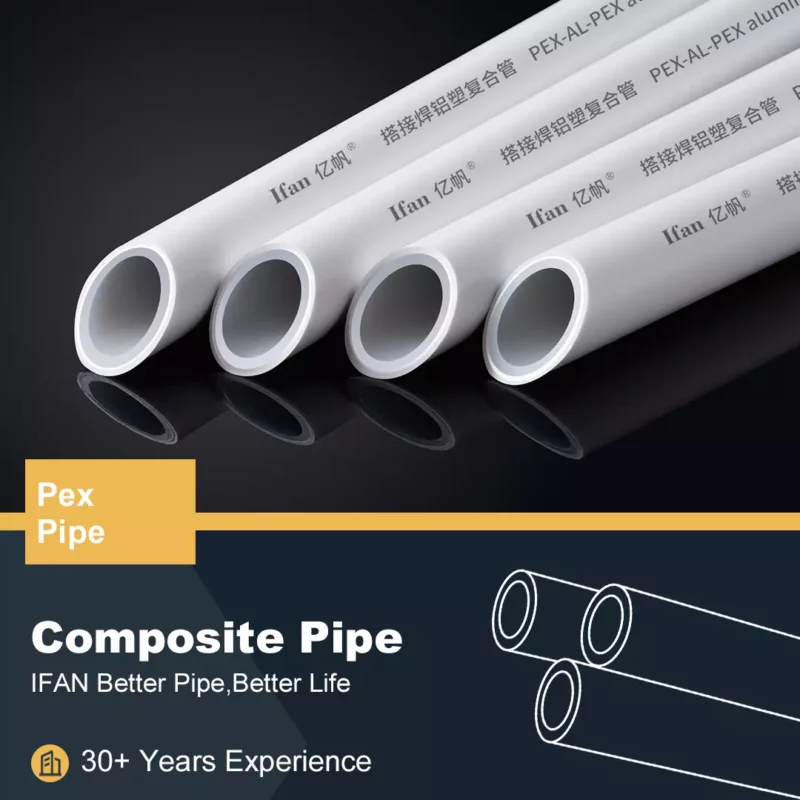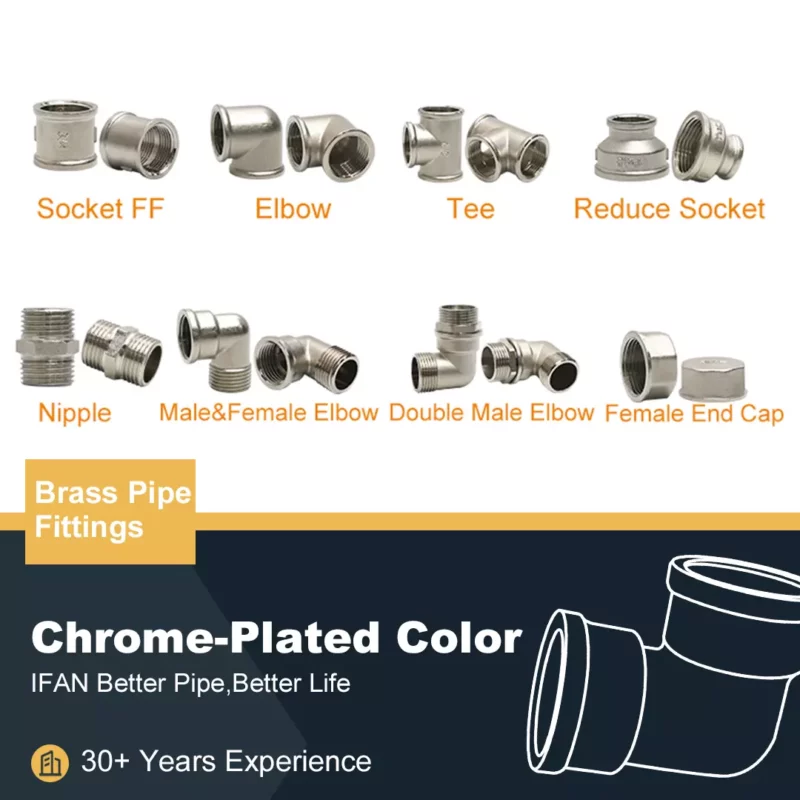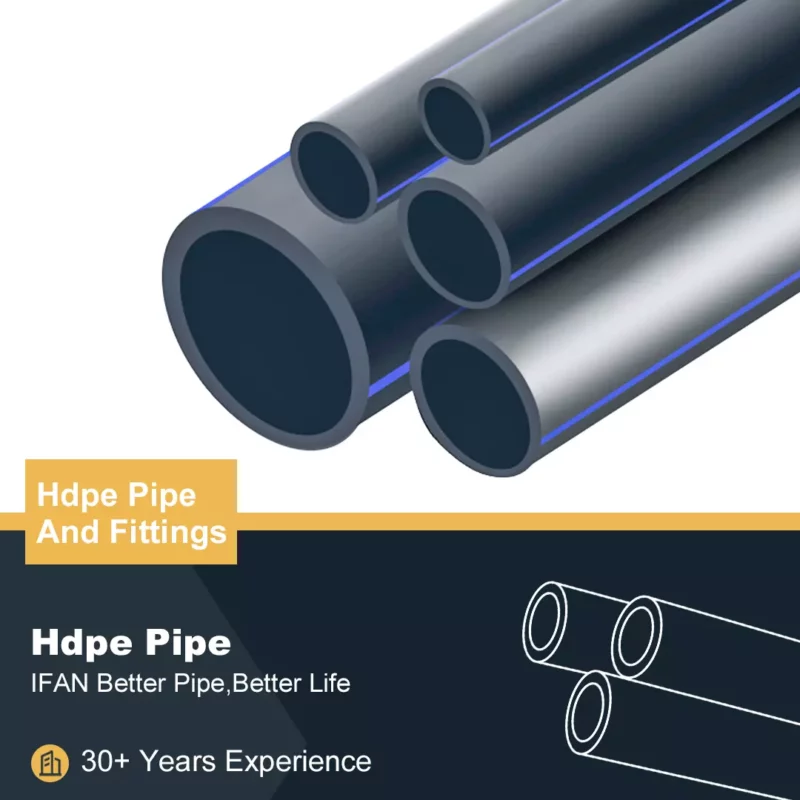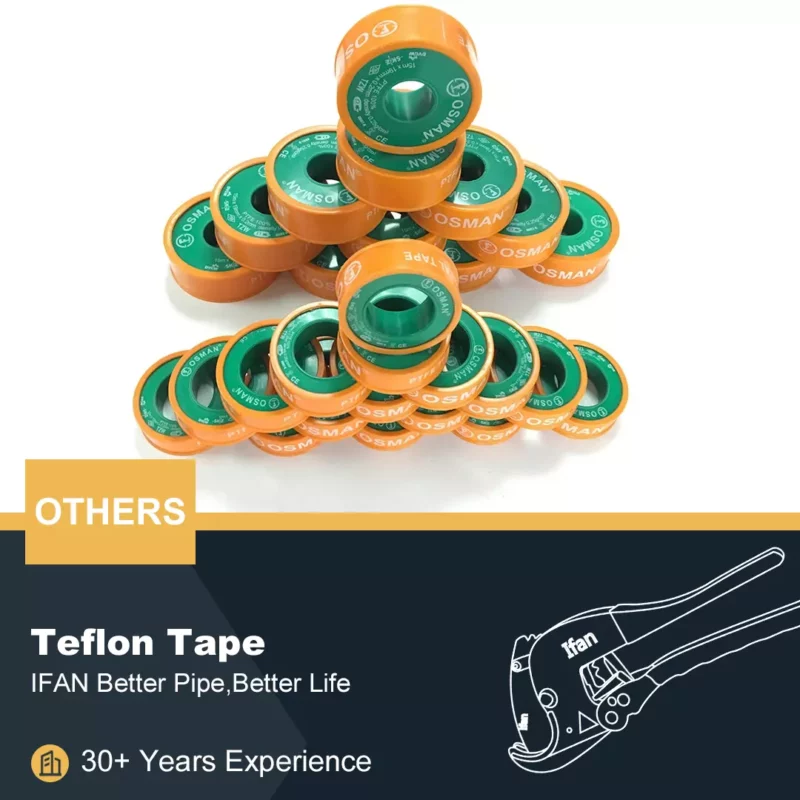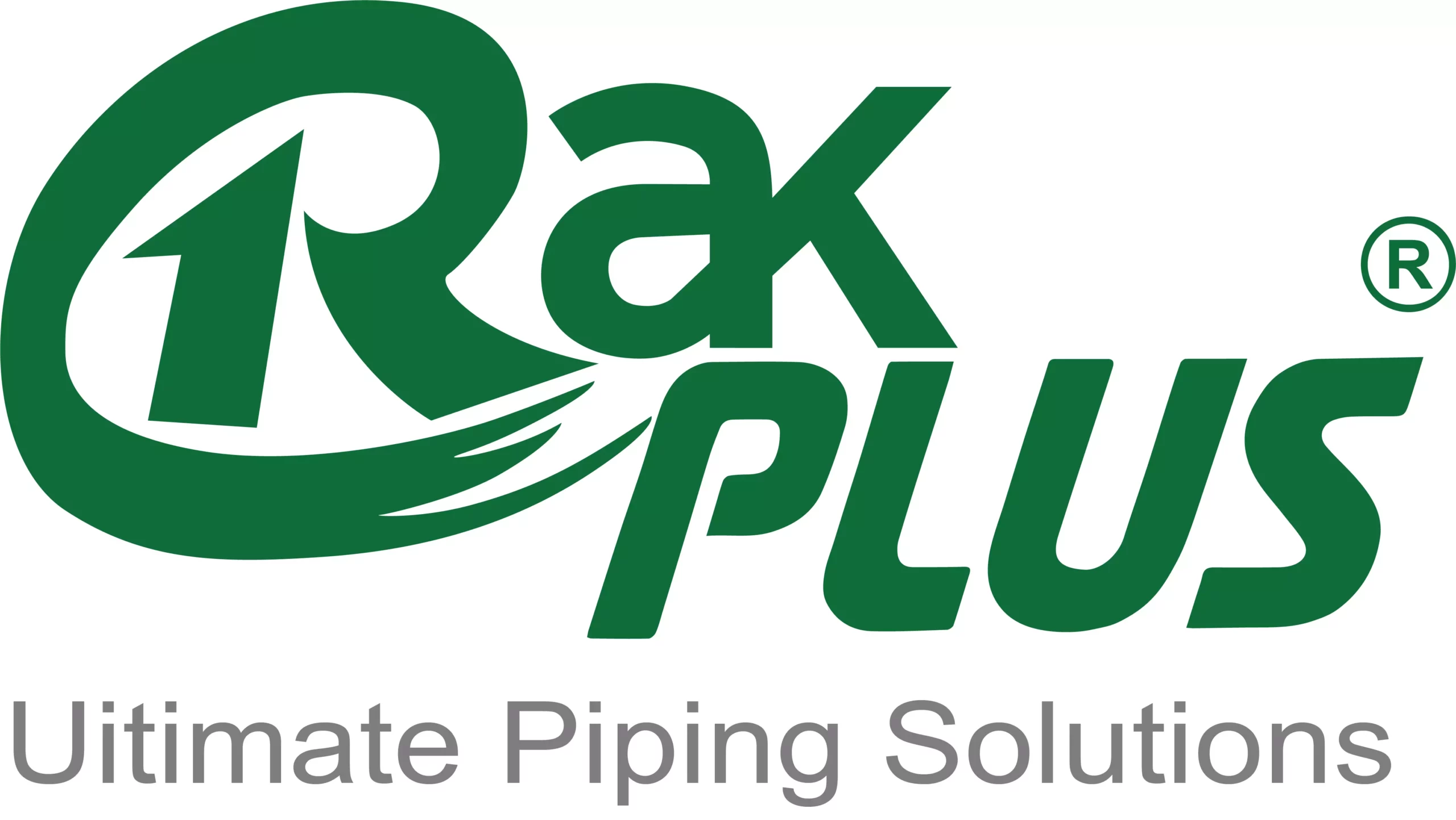Installing PPR valves in water pipe systems is crucial for regulating water flow effectively and ensuring operational efficiency. PPR (polypropylene random copolymer) valves are preferred for their durability, resistance to corrosion, and ease of installation. Proper installation is key to maintaining the integrity and functionality of the entire plumbing system.
Choosing the Right PPR Valve
When selecting a PPR valve, consider factors such as pipe diameter, pressure rating, and compatibility with the plumbing system. Valves come in various sizes to match different pipe diameters, ensuring a snug fit and optimal performance. Ensure the valve meets local plumbing codes and standards to guarantee safe operation.
Preparing for Installation
Before installation, carefully measure and mark the sections of PPR pipes where the valve will be placed. Use a pipe cutter designed for PPR pipes to make clean, straight cuts. Remove any burrs or debris from the pipe ends to ensure a smooth connection with the valve.
Installing the PPR Valve
To install the PPR valve, first, disassemble the valve to access the internal components. Apply a coat of PPR-compatible solvent cement to the outside of the pipe end and the inside of the valve socket. Quickly insert the pipe into the valve socket and hold it firmly in place for a few seconds to allow the cement to set. Repeat this process for the other end of the valve, ensuring both connections are secure and aligned properly.
Testing the Installed Valve
After installing the PPR valve, perform a thorough inspection to check for any signs of leaks or misalignment. Turn on the water supply gradually and monitor the valve and surrounding pipes for leaks. Check all connections for tightness and make any necessary adjustments to ensure a watertight seal. Verify that the valve operates smoothly and effectively regulates water flow without any obstructions or unusual noises.
Maintenance Tips for PPR Valves
Regular maintenance is essential to ensure PPR valves continue to function efficiently over time. Periodically inspect valves for signs of wear, corrosion, or sediment buildup. Clean valves as needed to remove any debris that could affect performance. Replace any worn seals or components to prevent leaks and maintain optimal water pressure and flow rate. Follow manufacturer recommendations for maintenance intervals and procedures to prolong the lifespan of PPR valves and minimize the risk of plumbing issues.
Conclusion
In conclusion, PPR valves play a critical role in the functionality and efficiency of PPR water pipe systems. By choosing the right valve, preparing thoroughly for installation, and following proper installation techniques, you can ensure reliable water flow regulation and minimize maintenance requirements. Regular inspection and maintenance of PPR valves are essential to detect and address potential issues early, ensuring long-term performance and durability of the plumbing system.
If you have read this article and have any questions, please feel free to contact IFAN. Below is our contact information:
Whatsapp:+86 13373827623
Email:[email protected]











